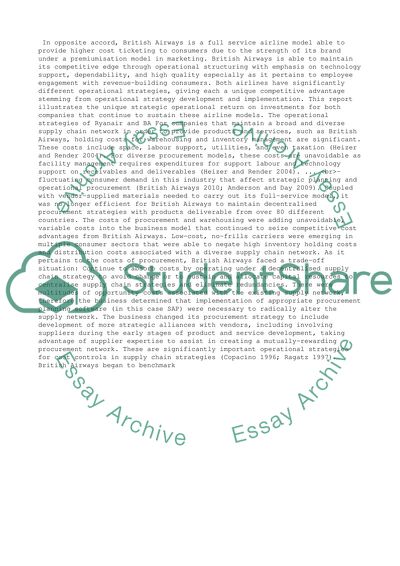Cite this document
(“Operations Management Essay Example | Topics and Well Written Essays - 1500 words - 3”, n.d.)
Operations Management Essay Example | Topics and Well Written Essays - 1500 words - 3. Retrieved from https://studentshare.org/management/1467363-operations-management
Operations Management Essay Example | Topics and Well Written Essays - 1500 words - 3. Retrieved from https://studentshare.org/management/1467363-operations-management
(Operations Management Essay Example | Topics and Well Written Essays - 1500 Words - 3)
Operations Management Essay Example | Topics and Well Written Essays - 1500 Words - 3. https://studentshare.org/management/1467363-operations-management.
Operations Management Essay Example | Topics and Well Written Essays - 1500 Words - 3. https://studentshare.org/management/1467363-operations-management.
“Operations Management Essay Example | Topics and Well Written Essays - 1500 Words - 3”, n.d. https://studentshare.org/management/1467363-operations-management.


